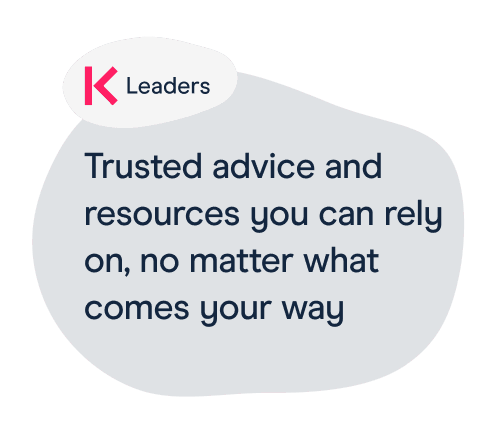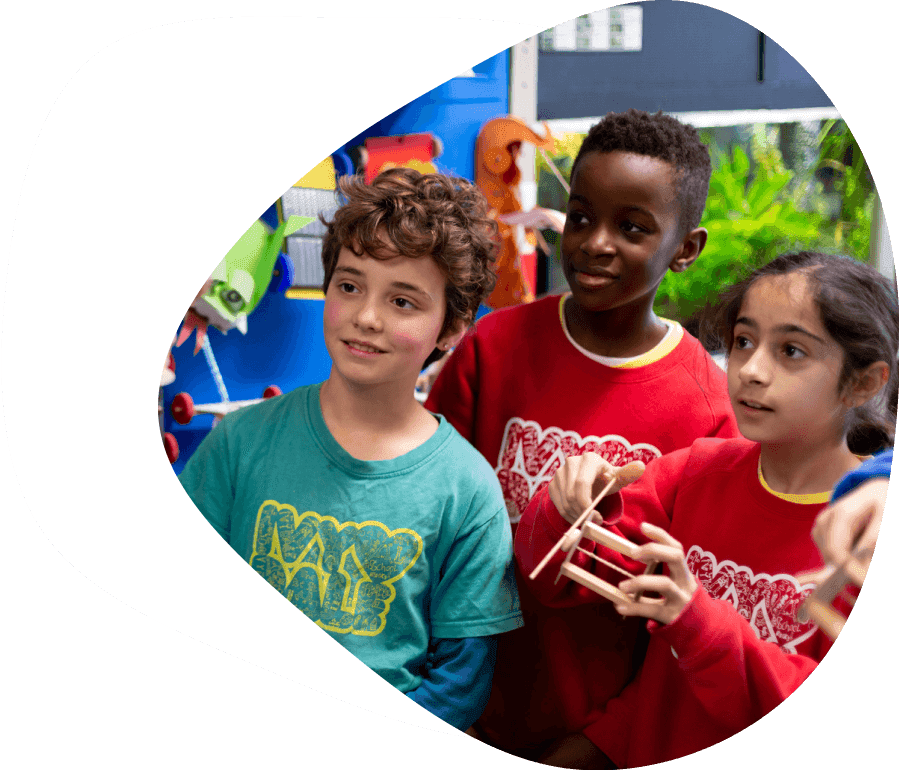What is behaviour for learning?
A learning behaviour is something that allows a child to learn effectively in the group setting of a classroom. In addition to helping them in school, children and students should develop these behaviours or skills to be:
- Prepared for life beyond school
- Able to adapt to new environments and learn new things
3 key strands
Learning behaviours can be grouped under the:
Read more about these strands in this

